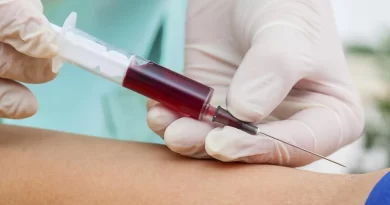Five childhood risk factors predict heart attacks, strokes in adulthood: Study
Research has identified five childhood risk factors that can predict stroke and heart attacks in adulthood after being traced to half a century in the largest international prospect cardiovascular disease study in the world.The results of the study were published in the journal, ‘New England Journal of Medicine.’The researchers found the body mass index (BMI), blood pressure, cholesterol, triglycerides (the type of fat found in the blood), and smoking adolescents, especially in combination in early childhood, clinically related to cardiovascular events, since 40 years. age.
Senior Study Author Terence Dwyer said, “Apart from the effects of medical care and surgery on treating heart disease, the main impact will depend on effective prevention strategies. This study confirms that prevention must begin in childhood.” “Longitudinal studies like this have been hampered by the lack of inclusion of comprehensive childhood data around the measurement of the body, blood pressure, and blood lipids and failure to follow up age when cardiovascular disease becomes common,” Dwyer added.
“Studying the initial life of the influence on the disease is always put into a basket that is too hard. But the researchers at the I3C take this challenge because we know the potential benefits for human health can eventually be very large,” Dwyer concluded. The study involved 38,589 participants from Australia, Finland and the US, which were followed from the age of 3 to 19 years for 35-50 years.
Professor Dwyer said this study found five risk factors, individually or in combination, at this time in childhood was a predictor of fatal and non-fatal cardiovascular events.The results showed that the risk for adult cardiovascular events was seen in more than half of children learned, with some nine-folding risks of those who had risk factors below the average.
Professor Dwyer said, “Although this evidence has not been available before, this finding is not completely surprising because it has been known for some time that children Semah Five has shown the initial signs of fatty deposits in the arteries. This new evidence confirmed greater emphasis. On Programs to prevent the development of these risk factors in children. Doctors and public health professionals must now begin to focus on how this is best achieved. “”While the intervention in adults such as increasing diet, stop smoking, becomes more active, and taking appropriate drugs to reduce risk factors is very helpful, there is a possibility that there are more that can be done during childhood and adolescents to reduce the risk of cardiovascular disease for life “He concluded.




